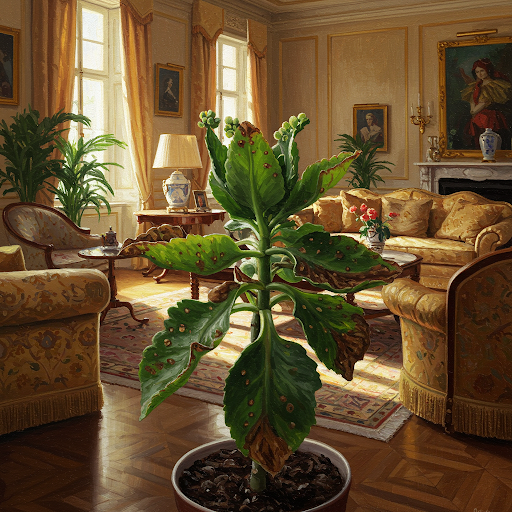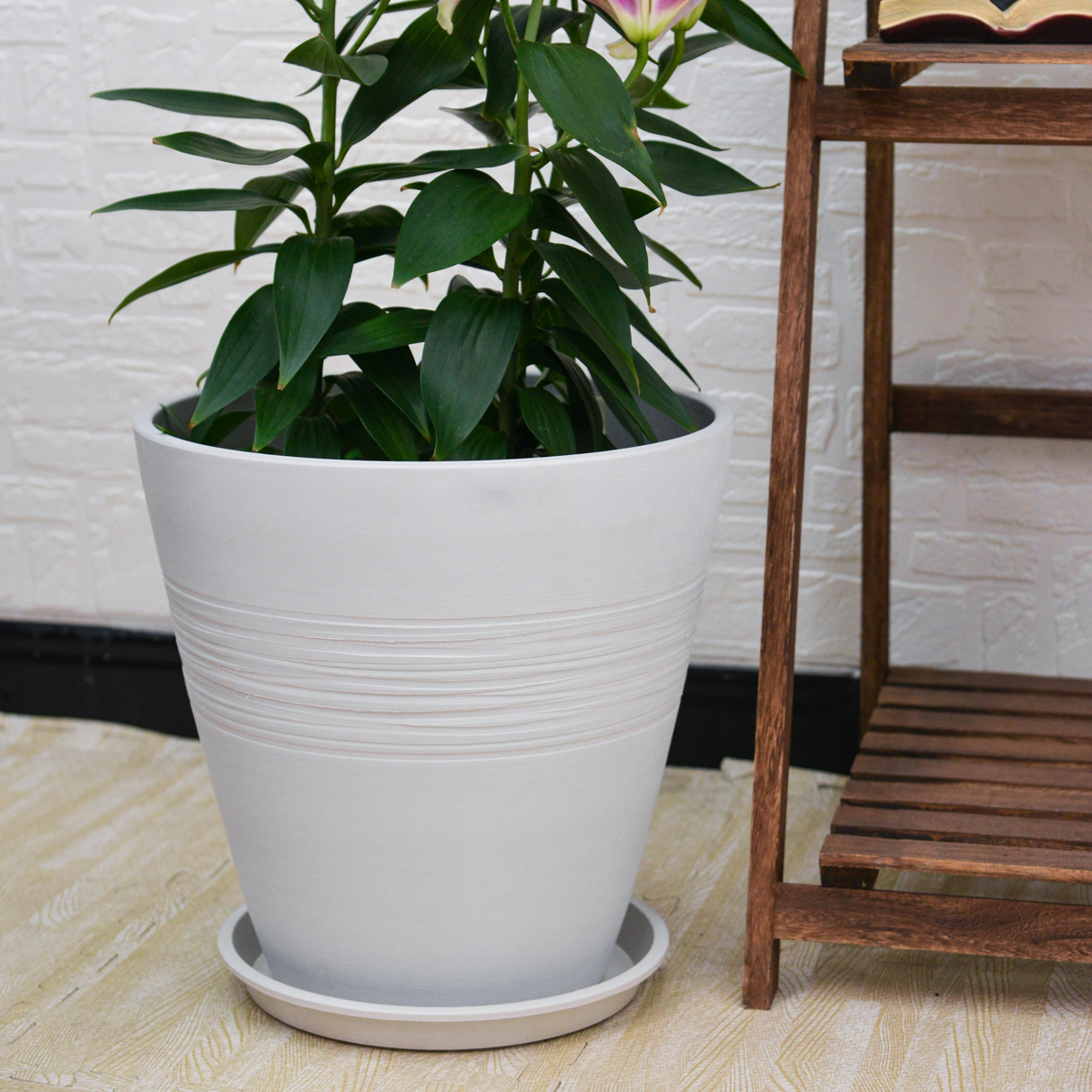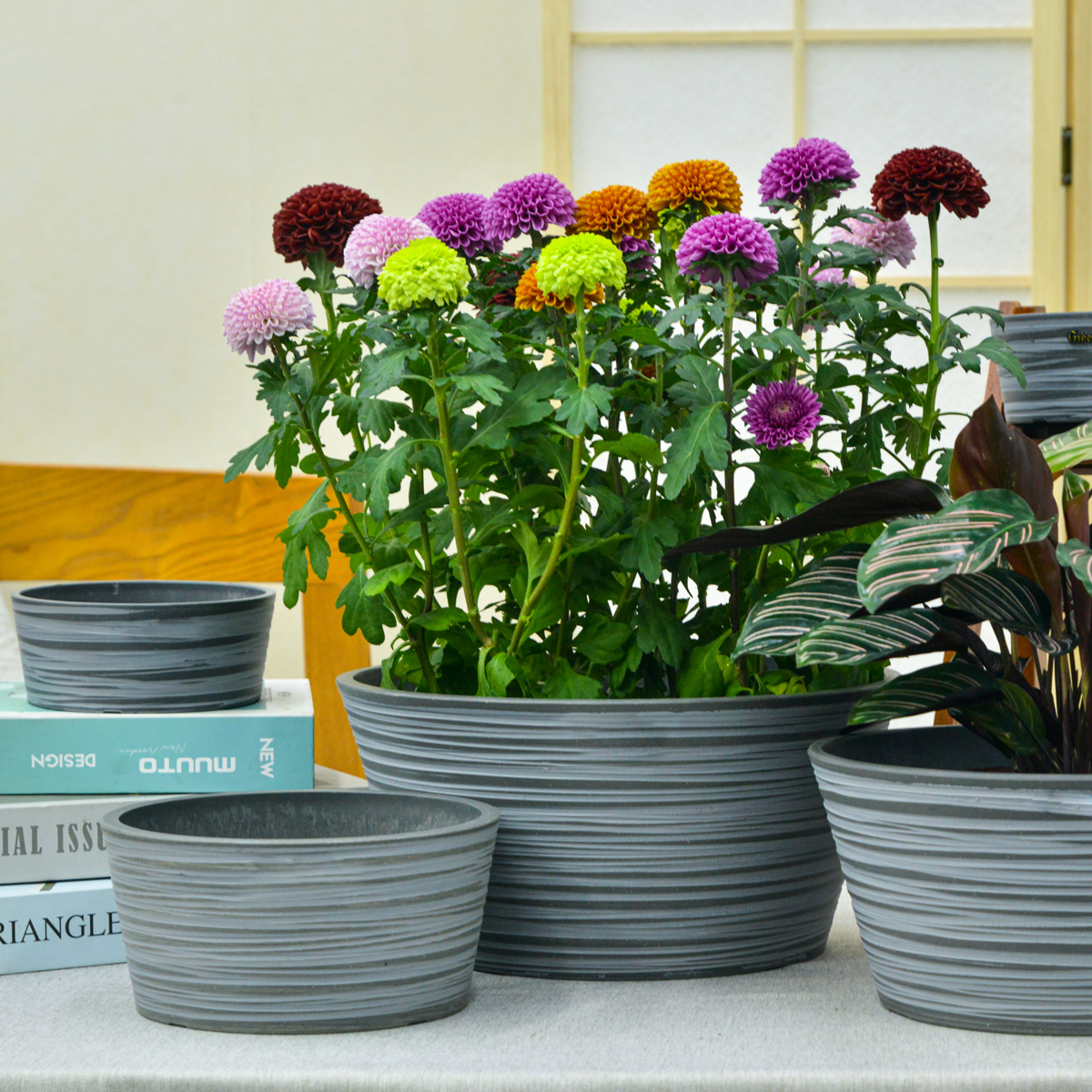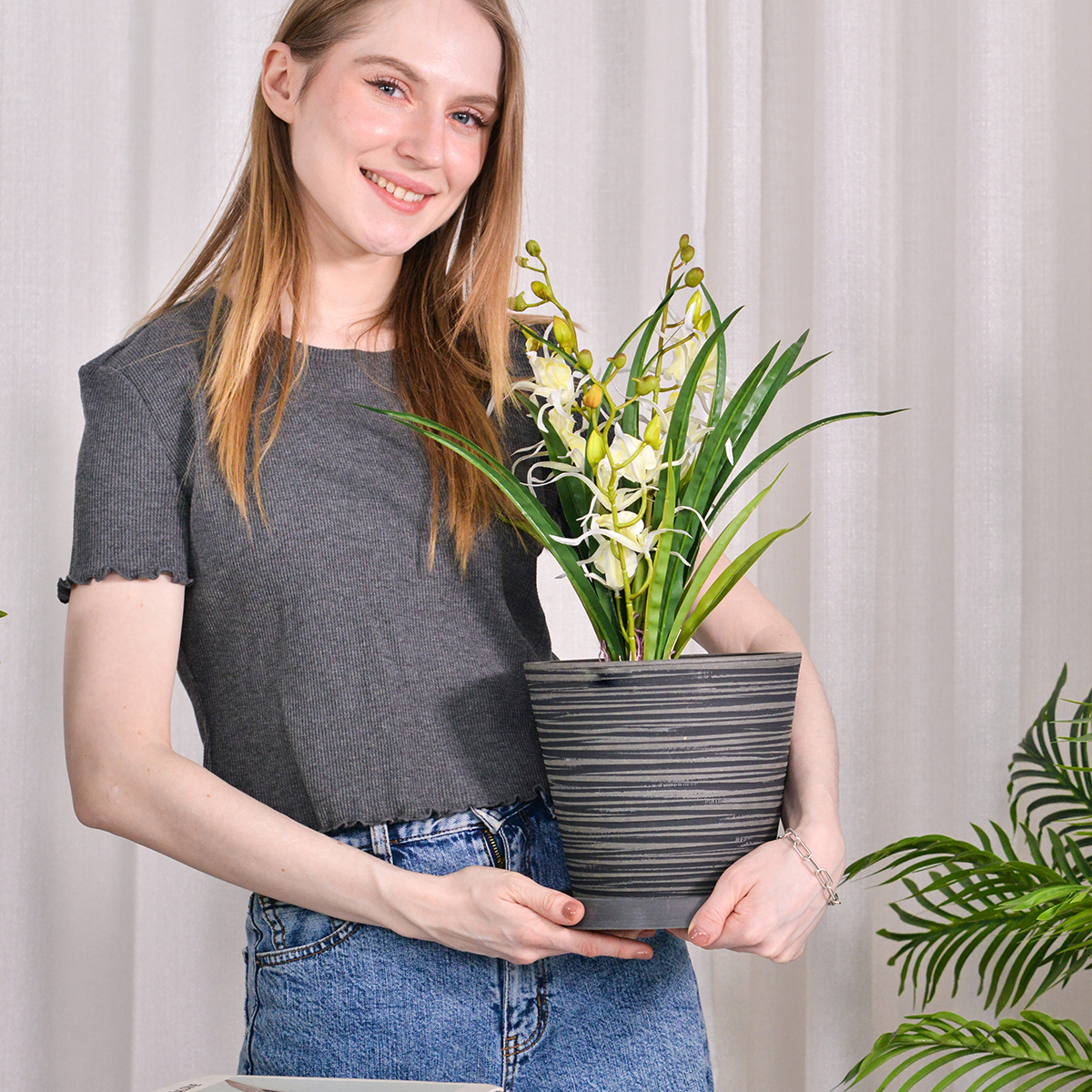Save Your Sick Kalanchoe! Expert Tips for Banishing Powdery Mildew and Restoring Health.
Today, I’m sharing my knowledge on treating a sick Kalanchoe plant. As you can see, my plant has been affected by powdery mildew. When I touch the leaves, they easily fall off. There are several reasons why this disease can spread, including improper watering. Since powdery mildew is contagious, it can spread from trees, fruit plants, and roses.

Why Did My Plant Get This Disease?
One of the main reasons plants get this disease is improper watering. I made the mistake of watering my Kalanchoe in the evening, and as a result, it got sick. This is a valuable lesson: always water your plants in the morning. If you spray their leaves, placing them in a well-ventilated area in the morning allows the wind to dry the leaves.
Now, let’s move on to treating the plant. The first step is to remove all the infected leaves. It’s crucial to completely eliminate these diseased leaves to prevent further spread. Fortunately, I caught the disease early, so only one branch is affected. By acting quickly, we can stop it from spreading to other parts of the plant.
How to Treat Powdery Mildew Naturally
I prefer using homemade remedies over commercial fungicides whenever possible. To prepare this natural treatment, you will need:
- 1 cup of clean water (avoid tap water if possible)
- 1 slice of onion
- 2 cloves of garlic
- 7 whole cloves (the spice)
Allow this mixture to sit for three days before using it as a treatment. After three days, strain the liquid and transfer it to a spray bottle. Next, add 1 teaspoon of baking soda, close the bottle, and shake well.
Now, it’s time to apply the treatment. Spray the affected leaves and stems thoroughly. Make sure every diseased area is covered with the solution. If your plant has contracted a disease like this, you can use homemade treatments to avoid chemical exposure.
How to Prevent the Spread of Disease
After applying the treatment, place the plant in a location with good air circulation. Near a window or in a breezy spot is ideal. Do not place the sick plant near healthy plants, as powdery mildew can spread easily. If you keep the plant in a shady area, ensure it receives morning sunlight, as this can help combat fungal infections.
Repeat this treatment once a week, or every four days if the infection is severe. Be consistent, but don’t overdo it. Over-treating can stress the plant.
Mistakes to Avoid When Caring for Kalanchoe
- Watering at Night: This creates excess moisture that promotes fungal growth.
- Not Providing Airflow: Poor ventilation can lead to mildew growth.
- Not Removing Infected Leaves: Leaving diseased leaves on the plant allows the infection to spread.
- Overwatering: Kalanchoe plants do not need frequent watering; they prefer soil that dries out between waterings.
Final Thoughts
Unfortunately, I made a mistake by watering my Kalanchoe at the wrong time, which caused it to get sick. But I hope my experience helps you avoid the same issue. Always water your plants in the morning and spray them in the early morning so the leaves dry quickly. By following these steps, your plants will stay healthy and disease-free.
Stay safe, bye, and more plant care tips to come. Take care and goodbye!

Important Considerations for US Gardeners:
While the article provides a natural remedy using onion, garlic, cloves, and baking soda, it’s important to note that the effectiveness of such homemade treatments for powdery mildew can vary. Here are some additional points for US gardeners:
- Powdery Mildew: This fungal disease is common and thrives in humid conditions with poor air circulation. Early detection is crucial.
- Remove Infected Parts: As the article suggests, immediately remove and discard any leaves or stems showing signs of powdery mildew to prevent further spread. Do not compost infected plant material.
- Improve Air Circulation: Ensure your Kalanchoe has good airflow by providing adequate spacing between plants and choosing a location that isn’t too enclosed.
- Watering Practices: Watering in the morning is generally good practice as it allows foliage to dry out during the day, reducing the risk of fungal diseases. Kalanchoe plants are succulents and prefer to dry out between waterings. Overwatering is a common cause of problems.
- Baking Soda Solution: The article mentions using baking soda. A common recipe for a baking soda spray for powdery mildew involves mixing 1 teaspoon of baking soda with 1 liter of water and a few drops of liquid dish soap (as a surfactant). This can help to alter the pH on the leaf surface, making it less hospitable to the fungus.
- Neem Oil: Neem oil is a widely used organic fungicide and insecticide that can be effective against powdery mildew. Follow the product instructions for application.
- Commercial Fungicides: If the natural remedies are not effective, consider using a commercial fungicide specifically labeled for powdery mildew.
- Prevention: Consistent good care, including proper watering, adequate light, and good air circulation, is the best way to prevent powdery mildew.
KC2-GS
By greenship|2024-08-16T06:30:21+00:00August 16, 2024|Categories: Hand-carving Series|
11THD
By greenship|2024-08-13T02:52:20+00:00August 13, 2024|Categories: Hand-carving Series|
KC3-14A
By greenship|2024-08-16T06:26:30+00:00August 16, 2024|Categories: Hand-carving Series|
K2-11T
By greenship|2024-08-13T04:21:25+00:00August 13, 2024|Categories: Hand-carving Series|
Modern Plant Pots丨Planter for Indoor Plants,8 inch or 10 inch Plant Pots with Drainage Hole,Decorative Flower Pots
By greenship-seo|2025-04-10T08:32:55+00:00January 7, 2025|Categories: Hand-carving Series|Tags: Decorative Flower Pots, Self-Watering Pots|
HS
By greenship|2024-08-13T06:45:17+00:00August 13, 2024|Categories: Hand-carving Series|






